Transcript:
[0m:4s] Hi I'm Josh Bloom, welcome to another video in the RSP Supply education series. If you find that these videos are helpful to you, it certainly helps us out if you could give us a big thumbs up and subscribe to our channel.
[0m:16s] In today's video we are going to be talking about an electrical concept that can be very confusing and hard to understand. We hope to cover the basics of this topic, so you might better understand it. I am talking about electrical loads.
[0m:32s] In this video, we want to talk about what an electrical load is and mention a few different types of electrical loads, but we'll focus today on inductive loads.
[0m:43s] We will cover some basic concepts of what makes an inductive load and how they differ from the other types of electrical loads. We hope that by the end of this video, you have a better understanding of inductive loads and what makes them unique. As always, the information that is provided in this video is intended to provide only basic instruction
[1m:5s] and should never take the place of proper electrical knowledge and education. If you have questions regarding a specific scenario, please make sure to seek the help of a qualified electrical engineer or electrician that can provide you with the information that you need. With that said, let's take a closer look at inductive loads. When talking about electricity, you commonly hear the term load.
[1m:31s] What does that mean? What is an electrical load exactly? An electrical load is an electrical component or portion of a circuit that consumes electrical power. So, in electricity, you have a power source such as a battery or generator and you have a load which consumes that power such as a light bulb, motor or television. There are three types of electrical loads that exist. There are capacitive loads, resistive loads, and inductive loads.
Resistive loads typically consist of things like heating elements. Capacitive loads are similar to inductive loads



[2m:9s] in that the current and voltage are out of phase with one another. However, capacitive loads see the current reach its maximum before the voltage, where inductive loads see the voltage reach its max before the current trailing behind.
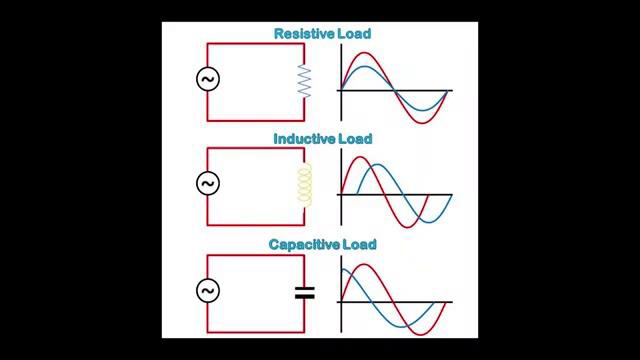
[2m:25s] Capacitive loads do not typically exist in standalone formats usually, while other types of loads are found in standalone devices. That brings us to inductive loads, which is a load that needs a magnetic field in order to function.
[2m:41s] An inductive load uses a coil to produce that magnetic field. The most common types of inductive loads are things like motors, fans, blenders, pumps and many other types of devices. As we already briefly mentioned, a defining characteristic of inductive loads is that they resist change in current, and as such when you measure the current,
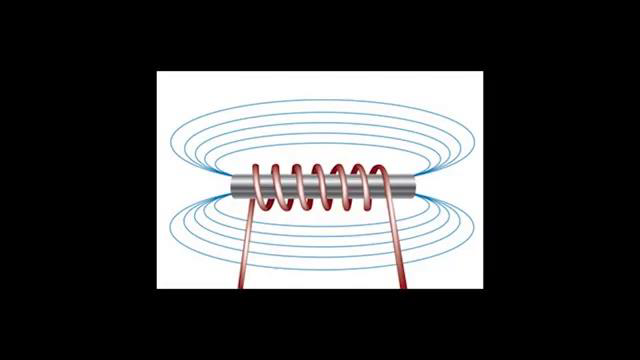
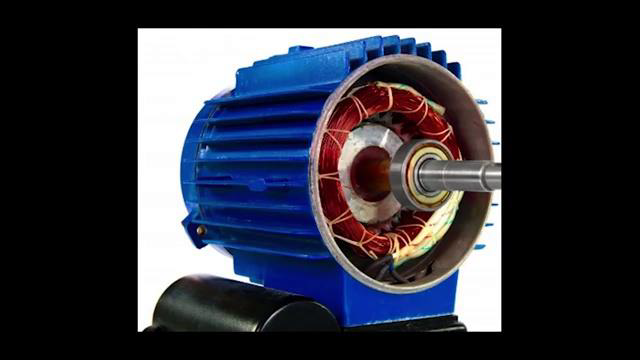
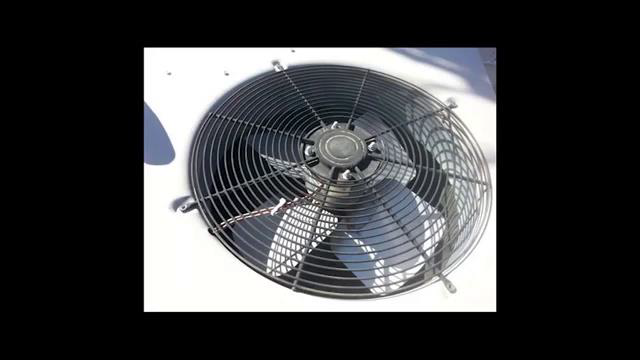
[3m:5s] it lags or is behind the voltage. It is important to know that with inductive loads, there are two different types of power that exist: real power, which is based off of the work that is actually being done by the motor or device, such as the spinning of the motor. The other type of power is reactive power,
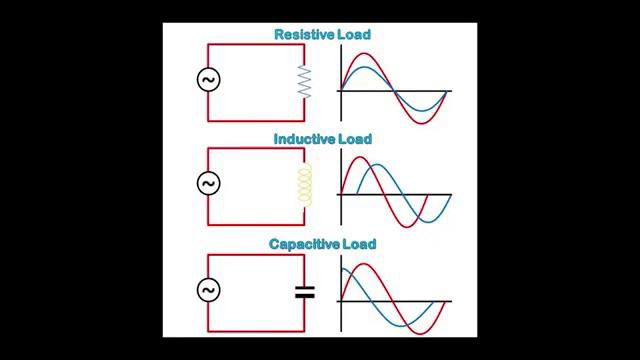
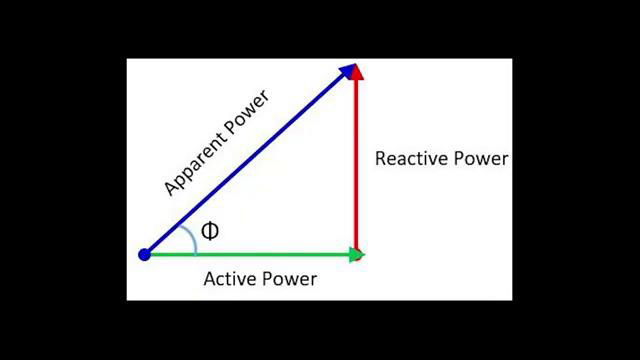
[3m:26s] which is the power that is drawn from the power source to actually produce the magnetic field. The total power of an inductive load would combine both the reactive and real power. Another important note to consider when thinking about inductive loads is when these loads are being switched.
[3m:46s] Any coil of wire with current passing through it
[3m:50s] stores energy in reverse polarity to the flow, regardless of whether the power is AC or DC.

[3m:58s] Once the energy has been created, it must be discharged.
[4m:2s] This discharge will occur when the load is switched off. At this point, the coil will dissipate the energy which will cause a large spike in voltage. In some cases, this voltage spike can be many times greater than the voltage rating of the actual load. This spike will be in direct relation to the number of windings in the coil. This is one reason it is common to see surge suppression devices commonly used in inductive loads, which can help contain these large voltage spikes. There are many other factors that make inductive loads unique and different, which we will not cover in this video.
[4m:42s] As a reminder always seek the help of a qualified person when questions or problems arise when dealing with any type of electrical load. However, hopefully with some basic knowledge and understanding you will be better equipped to introduce inductive loads into your specific application, while maintaining proper function and safety. In our next video in this brief series, we will talk more about resistive loads. So, make sure to look out for that video when it becomes available. For a full line of industrial hardware and thousands of other products, please go to our website. For more information or other educational videos, go to RSPSupply.com, the Internet's top source for industrial hardware. Also, don't forget:
[5m:25s] like and subscribe.

